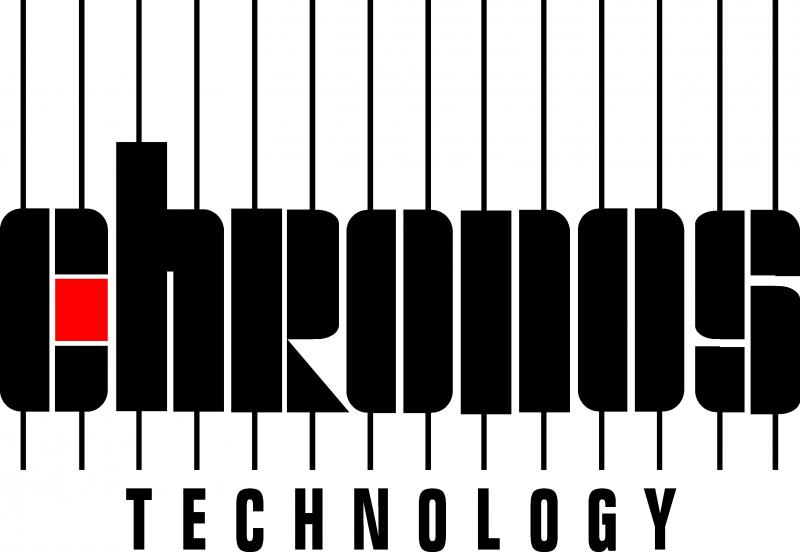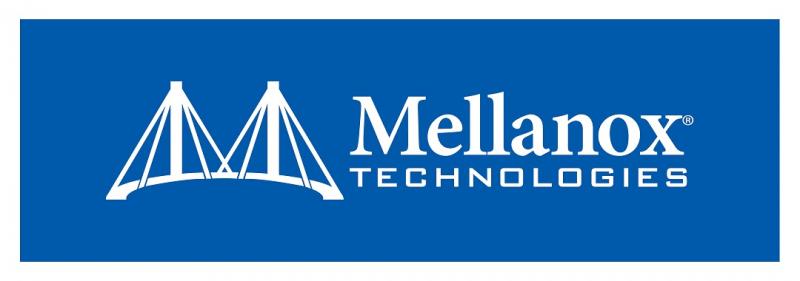STAC Summit, 15 Nov 2018, London
STAC Summits bring together industry leaders in architecture, app dev, infrastructure
engineering, and operational intelligence to discuss important technical challenges in
the finance industry. Come to hear leading ideas and exchange views with your peers.
WHERE
America Square Conference Center
17 Crosswall, London EC3N 2LB
Agenda
Click on the session titles to view the slides.
 Big Compute
Big Compute
 Fast Compute
Fast Compute
 Big Data
Big Data
 Fast Data
Fast Data
Women in Technology |
|
It doesn’t take a statistician to figure out that women occupy relatively few senior positions in technology today. This seems even truer for technology in the finance industry. Yet some women are clearly succeeding. In this panel, we’ll ask women who have enjoyed success in technology-intensive roles to discuss the keys to their success, how they view the current situation for women in tech, and how financial firms or tech vendors can get a leg up in the war for talent by facilitating female careers. |
Goodbye, Data Lake: Why continuous analytics yield higher ROI   |
|
|
Faced with the need to handle increasing volumes of data, alternative datasets ("alt data"), and AI, many enterprises are working to design or redesign their big data architectures. A traditional approach is to store everything in a data lake, process it via ETL, and analyze it in batch or interactive modes. However, in Ori's view, this decade-old approach fails to generate sufficient ROI. In this talk, he will argue for a different approach in which information is ingested, enriched, and analyzed in context as it arrives, including via machine learning or deep learning, then immediately made available to users or to drive automated actions. He will also argue that it's possible to take full advantage of modern hardware, micro-services and serverless functions to achieve much higher performance while still benefiting from CI/CD, auto-scaling, and fast software rollouts. In Ori's view, the resulting "continuous analytics" solutions yield faster answers for the business while remaining simpler and less expensive for IT. |
Update on Big Workloads and Cloud  |
|
|
Peter will present the latest benchmark results for big data workloads like tick analytics and big compute workloads like derivatives valuation. He will also provide an update on the STAC Cloud Special Interest Group SIG, a group of financial firms and vendors focused on improving assessments and dialog relating to public, private, and hybrid cloud solutions. |
Panel: Staying ahead of data analytics challenges  |
|
The challenges inherent in data analytics to support trading and investment, as well as the potential of new technologies to help, have been big topic of research and discussion at STAC for about a decade. Even after all that time, it's still a hot topic. Why is that? What are the most recent challenges, and how can firms solve them? Our panel will bring together several innovators with unique angles on the topic. To kick off, the vendors on the panel will each provide a short presentation: |
|
| "Run your code in the database: User Defined Functions in Python" Jean-Claude Tagger |
|
| "Bridging the Gap: Bigstream Hyper-Acceleration for Data Analytics" Roop Ganguly |
|
| "Tackling the challenges of rapidly growing data stores" Ayelet Heyman |
Benchmarking the value drivers of ML solutions  |
|
|
It's a non-trivial challenge to benchmark machine-learning techniques and technologies in a way that captures the key elements that are important to decision makers in a business. Investment managers and trading desks care about many things beyond raw performance, such as model quality, time to market, and cost. In this talk, Michel will use early test results from a common text-processing use case in finance to illustrate a general framework for ML benchmarks that can be applied by financial firms and technology vendors (oh, and by benchmarking firms). |
Innovation Roundup  |
|
| "Lenovo AI/ML Innovations" Dave Weber, Wall Street CTO & Director, Lenovo |
|
| "Delivering Real Time Risk on FPGAs" Oskar Mencer, CEO, Maxeler Technologies |
Is FPGA acceleration of financial analytics viable?    |
|
|
FPGA technology has traditionally required custom hardware design and development in RTL. But according to panelists at the STAC Summits last spring, hardware and software is now available to ease creation of FPGA-accelerated algorithms and to deploy them quickly in the datacenter. The question is: are these new products up to the challenging demands of financial analytics? In this talk, Intel will discuss what kinds of workload make good targets for FPGA and present recent case studies where FPGA acceleration has been used for financial applications. While the main focus of these cases is the acceleration achieved, Intel will also discuss other key attributes such as scaling and ease of use. |
“Different” doesn’t mean “Difficult”: FPGA programming demystified    |
|
|
FPGAs are emerging in more and more places as a way to accelerate a wide range of workloads, including financial analytics. Unlike traditional processing devices such as CPUs and GPUs, FPGAs are not instruction set machines with fixed architectures. Instead, FPGAs enable developers to create custom architectures optimized for specific workloads. To take advantage of this flexibility, developers must approach FPGA programming differently. But as Sergei puts it, “different” doesn’t necessarily mean “difficult”. Sergei will argue that FPGA programming is well within the reach of most software programmers, thanks to familiar languages such as C, C++, and OpenCL. The critical thing, according to Sergei, is understanding instruction-level, data-level, and task-level parallelism, along with the dataflow paradigm. In this talk, Sergei will detail how new software-like development flows are making FPGA acceleration accessible to a much wider audience. |
STAC Update: Fast Data |
|
|
Peter will discuss the latest research and Council activities related to low-latency/high-throughput realtime workloads, including time synchronization. |
Rethinking networks in finance |
|
|
In 2013, Dave Snowdon helped launch Metamako to deliver network hardware solutions to the ultra-low latency market. Five years and many plane trips from Sydney later, Dave and the Metamako team became part of Arista. In this talk, Dave will catch his breath and consider the big picture of networks in financial services enterprises. How do recent business and regulatory trends affect customer requirements around networking? What potential synergies exist between front-office and back-office networks? Dave will offer some opinions on these questions and take more from you. |
White Rabbit and Beyond |
|
Deutsche Boerse have gained valuable experience deploying White Rabbit (roughly PTP with synchronous Ethernet) for time synchronization in their co-location network capture infrastructure. They have also built a data service which makes White Rabbit synchronized timestamps available to exchange members, and they are currently running a pilot project in which members can connect to Deutsche Boerse's White Rabbit master. In this talk, Andreas will discuss lessons learned through these projects. He will also discuss potential plans for further enhancements to the exchange's time synchronization architecture, from improving PTP to using something new and radically different. Come ready to ask questions and toss around ideas. |
Plain old PTP: Better than you think? |
|
|
It is not uncommon to hear that 1PPS doesn't scale well and PTP doesn't give sufficient accuracy for low-latency trading. The implication is that organizations who need scalable distribution of ultra-accurate time need to look beyond these two protocols. Matt has a different view. In particular, he contends that much of criticism lumped on PTP has to do with poor network implementations rather than anything fundamental to do with the protocol. Matt will argue that a well-designed PTP network can deliver time that is accurate to a nanosecond, uses familiar networking components and off-the-shelf (open source) software, and scales well too. In this talk, he will provide both theoretical and empirical evidence to back up this claim. Come to see if Matt can change your views about plain old PTP. |
About STAC Events & Meetings
STAC events bring together CTOs and other industry leaders responsible for solution architecture, infrastructure engineering, application development, machine learning/deep learning engineering, data engineering, and operational intelligence to discuss important technical challenges in financial services.
 |
 |
 |
|---|---|---|
Event Resources
Speakers
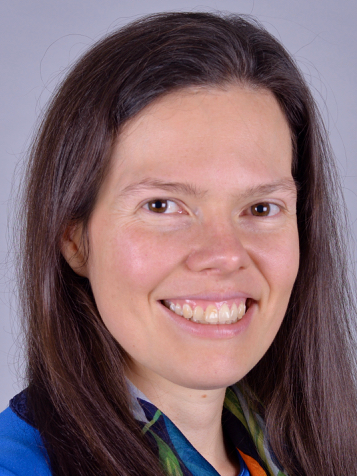 Crystal DownieCredit Suisse
Crystal DownieCredit Suisse Sandi MaysZayo Group
Sandi MaysZayo Group
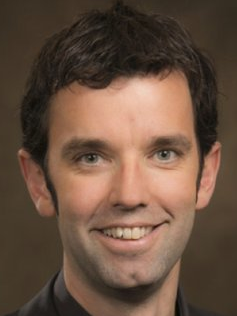 Sebastian NeusuessDeutsche Boerse
Sebastian NeusuessDeutsche Boerse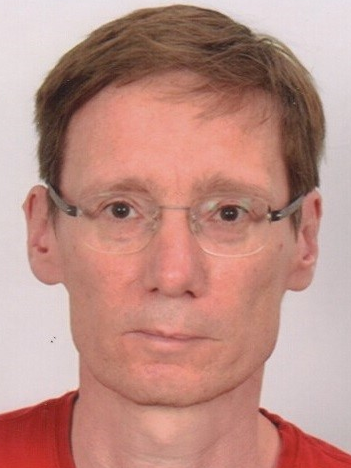 Andreas LohrDeutsche Boerse
Andreas LohrDeutsche Boerse
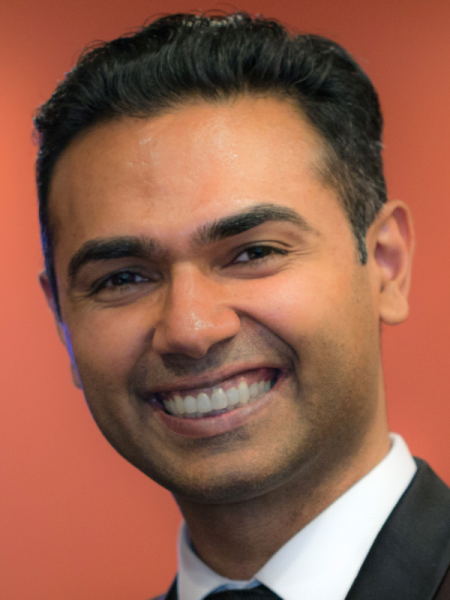 Aman ThindState Street
Aman ThindState Street Michel DebicheSTAC
Michel DebicheSTAC
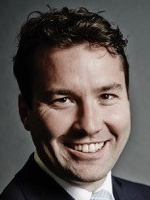 Dr. David SnowdonArista
Dr. David SnowdonArista Dr. Matthew GrosvenorExablaze
Dr. Matthew GrosvenorExablaze
 Ori Modaiiguazio
Ori Modaiiguazio Pat MeadIntel
Pat MeadIntel
 Sergei StorojevXilinx
Sergei StorojevXilinx Roop GangulyBigstream
Roop GangulyBigstream
 Hollis BeallAxellio
Hollis BeallAxellio Ian CunninghamZayo Group
Ian CunninghamZayo Group
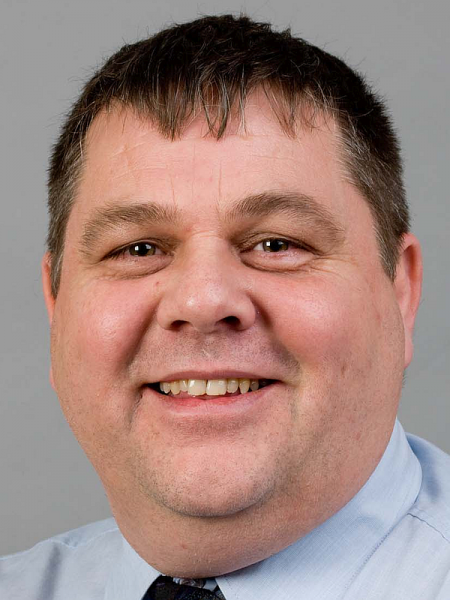 Steve NewcombeChronos
Steve NewcombeChronos Ron NevocPacket Networks
Ron NevocPacket Networks
 Laurent de BarryEnyx
Laurent de BarryEnyx Matt MeinelLevyx
Matt MeinelLevyx
 Jeremy ThomasOrolia
Jeremy ThomasOrolia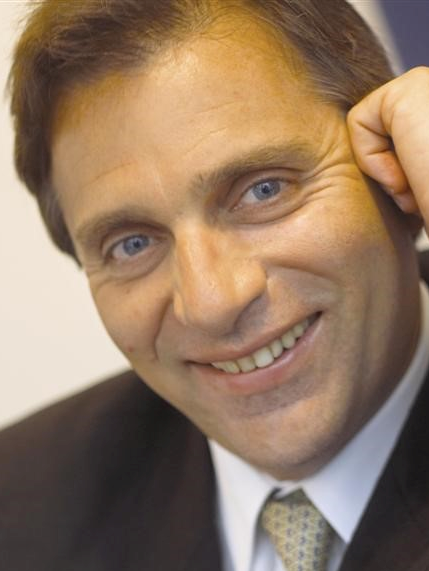 Jean-Claude TaggerquasarDB
Jean-Claude TaggerquasarDB
 Cesar PradosSeven Solutions
Cesar PradosSeven Solutions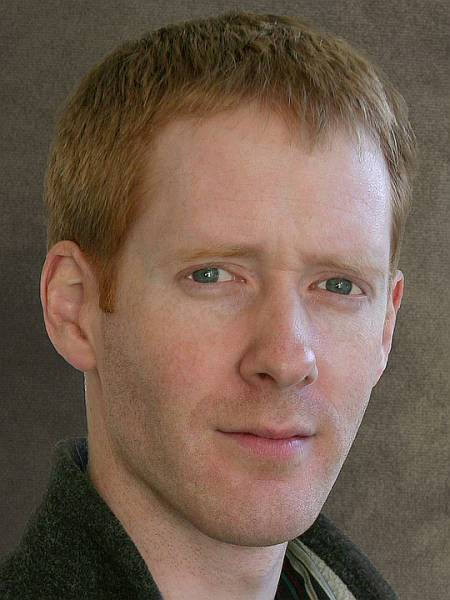 David RiddochSolarflare
David RiddochSolarflare
 Ayelet HeymanSQream Technologies
Ayelet HeymanSQream Technologies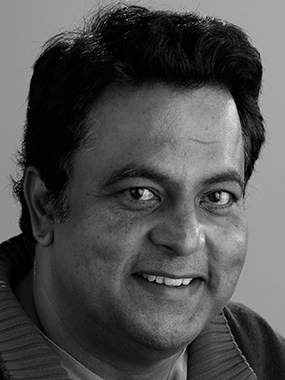 Balaji PrabhakarTick Tock Networks
Balaji PrabhakarTick Tock Networks
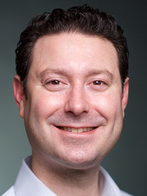 Andy FleschWekaIO
Andy FleschWekaIO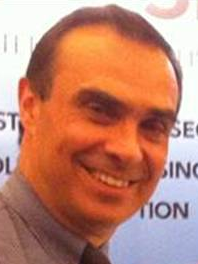 Yves CharlesNovaSparks
Yves CharlesNovaSparks


 Dave WeberLenovo
Dave WeberLenovo Oskar MencerMaxeler Technologies
Oskar MencerMaxeler Technologies Peter LankfordSTAC
Peter LankfordSTAC





